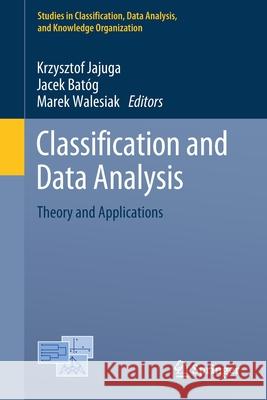Classification and Data Analysis: Theory and Applications » książka
topmenu
Classification and Data Analysis: Theory and Applications
ISBN-13: 9783030523473 / Angielski / Miękka / 2020 / 335 str.
Kategorie:
Kategorie BISAC:
Wydawca:
Springer
Seria wydawnicza:
Język:
Angielski
ISBN-13:
9783030523473
Rok wydania:
2020
Wydanie:
2020
Numer serii:
000033895
Ilość stron:
335
Waga:
0.49 kg
Wymiary:
23.39 x 15.6 x 1.85
Oprawa:
Miękka
Wolumenów:
01
Dodatkowe informacje:
Wydanie ilustrowane











